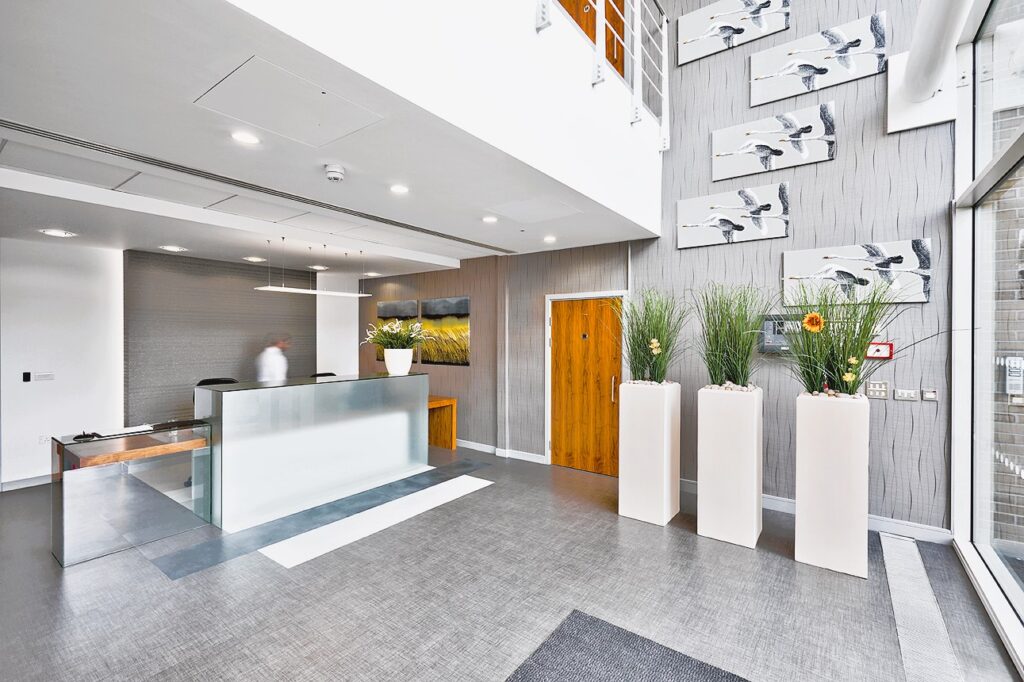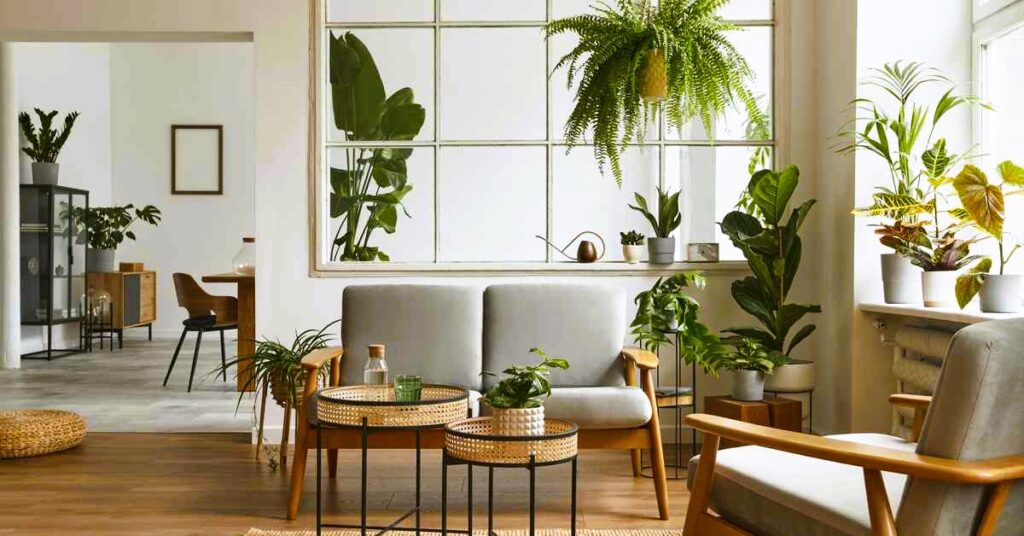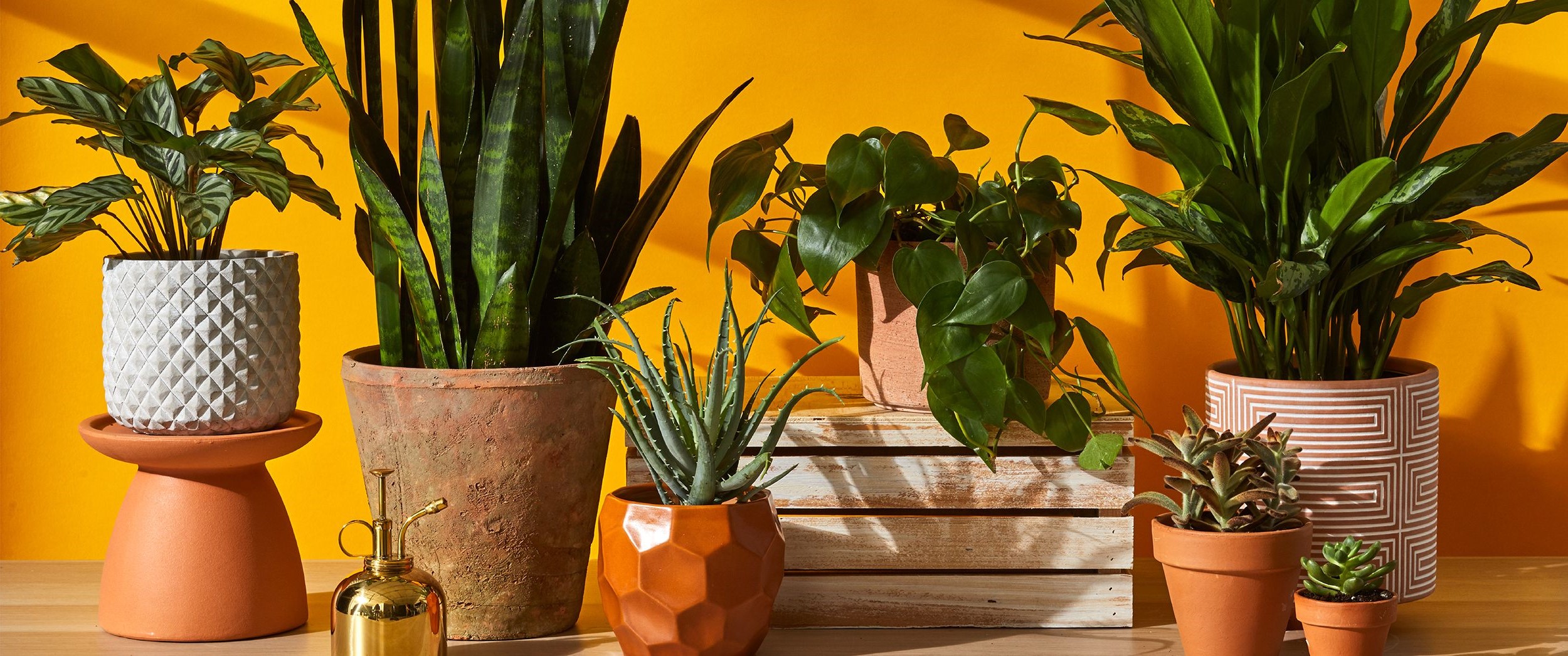In today’s world, the importance of sustainable living and reducing our environmental impact cannot be overstated. By making eco-friendly upgrades to our homes, we can contribute to a greener future while enjoying numerous benefits, including energy savings and improved indoor air quality. This article will explore various eco-friendly upgrades for a sustainable home in Kingston, Ontario. From energy-efficient appliances to renewable energy sources, these upgrades can help you create an environmentally conscious and sustainable living space.
- Energy-Efficient Appliances
Upgrading to energy-efficient appliances is a simple yet effective way to reduce your home’s energy consumption. Look for appliances with ENERGY STAR® certification, as they are designed to be more energy-efficient compared to standard models. ENERGY STAR® appliances, such as refrigerators, dishwashers, washing machines, and air conditioners, can significantly lower your energy bills while reducing greenhouse gas emissions.
- Efficient Water Fixtures

Conserving water is essential for sustainable living. Install low-flow showerheads, faucets, and toilets to reduce water consumption without sacrificing performance. These fixtures are designed to maintain water pressure while using significantly less water. By minimizing water usage, you can contribute to water conservation efforts and save on your water bills. DIY vs. Professional Window Installation in Kingston: Pros and Cons.
- Smart Thermostat
A smart thermostat offers precise temperature control and energy optimization for your home. It can learn your heating and cooling preferences, adjust settings based on your habits, and provide remote access through a smartphone app. By intelligently regulating the temperature, a smart thermostat helps reduce energy waste, leading to lower energy consumption and cost savings.
- LED Lighting
Switching to LED (light-emitting diode) lighting is a simple and cost-effective way to improve energy efficiency in your home. LED bulbs are more energy-efficient, have a longer lifespan, and produce less heat compared to traditional incandescent bulbs. They provide high-quality light while consuming significantly less electricity, resulting in energy savings over time.
- Insulation and Air Sealing
Proper insulation and air sealing are crucial for maintaining a comfortable and energy-efficient home. Insulate your walls, attic, and basement to reduce heat transfer and minimize energy loss. Consider using eco-friendly insulation materials, such as recycled cellulose or natural fibers, which have a lower environmental impact. Additionally, seal any air leaks around windows, doors, and electrical outlets to prevent drafts and improve energy efficiency.
- Renewable Energy Sources
Harnessing renewable energy sources is a major step towards sustainable living. Consider installing solar panels on your roof to generate clean and renewable electricity. Solar energy systems can significantly reduce your reliance on conventional energy sources and lower your carbon footprint. Additionally, net metering programs in Kingston allow you to sell excess electricity back to the grid, providing potential cost savings.
- Rainwater Harvesting
Rainwater harvesting is an eco-friendly practice that allows you to collect and store rainwater for various household uses. Install a rainwater collection system that directs rainwater from your roof to a storage tank. This harvested water can be used for irrigation, washing cars, or even flushing toilets. By utilizing rainwater, you can reduce your reliance on treated water and conserve this valuable resource.
- Sustainable Flooring
Choosing sustainable flooring options can contribute to a greener home. Consider materials such as bamboo, cork, reclaimed wood, or recycled tiles, which are renewable or made from recycled materials. These options are not only environmentally friendly but also durable and aesthetically pleasing. Additionally, look for flooring products with low volatile organic compound (VOC) emissions to maintain good indoor air quality.
- Eco-Friendly Landscaping
Extend your eco-friendly efforts to your outdoor space by implementing sustainable landscaping practices. Opt for native plants that require less water and maintenance. Install a rain barrel to collect water for irrigation. Avoid chemical pesticides and fertilizers, opting for organic alternatives instead. By creating a sustainable landscape, you can enhance biodiversity, conserve water, and promote a healthier ecosystem.
- Waste Reduction and Recycling

Implementing effective waste reduction and recycling practices is a fundamental aspect of sustainable living. Set up a recycling system in your home, ensuring that recyclable materials are properly sorted and disposed of. Compost organic waste to reduce landfill waste and create nutrient-rich soil for your garden. Encourage a culture of conscious consumption and minimalism, prioritizing quality over quantity and reducing unnecessary waste.
Conclusion
Embracing eco-friendly upgrades for a sustainable home in Kingston allows you to contribute to environmental conservation while enjoying numerous benefits such as energy savings, improved indoor air quality, and reduced carbon footprint. By incorporating energy-efficient appliances, efficient water fixtures, smart thermostats, LED lighting, insulation and air sealing, renewable energy sources, rainwater harvesting, sustainable flooring, eco-friendly landscaping, and waste reduction practices, you can create a truly sustainable living space. Make conscious choices that align with your values and take steps towards a greener future.
For more information on sustainable living and environmental initiatives, you can visit the following websites:
- Canada.ca – Climate Change and Energy: link


